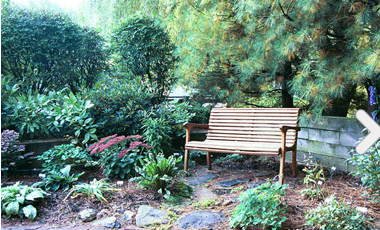Drip irrigation is not a new concept; however it has quickly become a popular attraction. Originally drip irrigation was used in the more commercial and agricultural industries. Now, it is gaining more use in residential homes. The motive behind moving drip irrigation to homes is because of water shortages. Drip irrigation has been pushed for about twenty years now. However, it did not interest those until customers from all over began to get EXTREMELY high water bills. Due to the increasing cost of water, more people are becoming interested in the drip irrigation system.
This type of irrigation system is expected to continue gaining notice within the next few years. More and more people have started to recognize the importance of saving water. It is important for homeowners to realize that even a low-volume drip irrigation system can save 20-40% more than a traditional sprinkler system. With a traditional sprinkler system, water is being put into the air where is can either be blown away or evaporated. These sprinkler systems seem to be throwing water on areas that do not need to be watered, like concrete on the roads etc.
With drip irrigation, water is put exactly where it is needed. This eliminates all opportunity of waste. Other benefits include disease prevention because water is being put directly where it is needed water contact with leaves and stems is minimized. Drip irrigation is also more effective especially on uneven turf because water is being sent directly to the root of the plant. Overall, drip irrigation is just a lot more effective. When you have greater control on where the water goes, it is overall a smarter application. Drip irrigation sends the water exactly where it needs to go, using exactly how much without wasting any of it.
So now that we have shared the importance of the drip irrigation system, it is important that you also understand how a drip irrigation system works. In a drip irrigation system, tubing with emitters is placed on the ground next to the plants. Water is slowly dripped into the soil directly at the root of the plant. After one of these systems is put in place, the emitters can be spaced in between trees, shrubs, and any perennials. Typically emitters are spaced about 18 inches apart. Both the design and installation of the drip system is what is critical to making it successful. Since the water is being submitted directly to the root of the plant, the installation must ensure that the proper amount of water is being sent through the tube.
Here at The Veron Company we can provide the proper installment of the drip irrigation system through our irrigation technicians.


